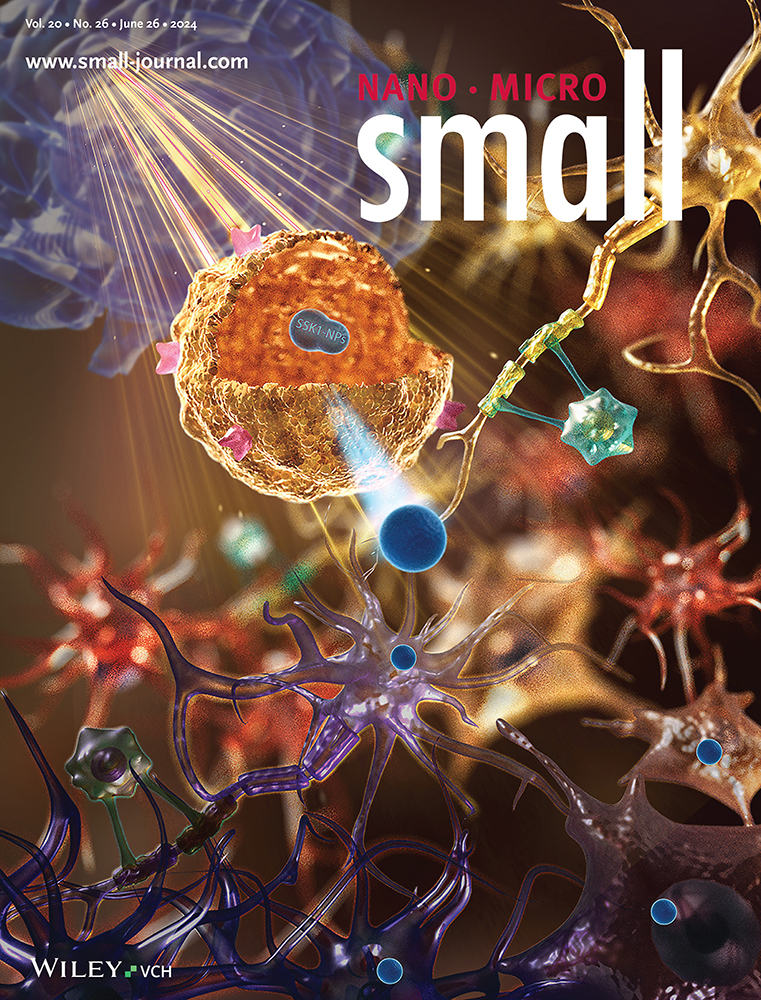Exceptional Optical Anisotropy Enhancement Achieved Through Dual-Ions Cosubstitution Strategy in Novel Hybrid Bismuth Halides
Abstract
Guided by a superb dual-ions cosubstitution strategy, two novel, highly optically anisotropic hybrid bismuth halides are designed and synthesized. The first compound, Gu3Bi2NO3Cl8 (Gu = C(NH2)3), is developed using the 2D perovskite halide Cs3Bi2Cl9 as the maternal structure. This involved substituting all Cs+ cations with organic Gu+ and replacing some Cl− anions with [NO3]−. Further substitution of Cl− with additional [NO3]− resulted in the formation of nitrate-rich Gu2Bi(NO3)3Cl2 crystal, exhibiting a 3.4-fold increase in [NO3]− per unit volume. Both compounds have a structurally 0D nature, comprising bismuth-centered polyhedra formed by coordinated chlorides and monodentate/bidentate nitrate moieties, with Gu+ serving as a separator and linker. Notably, the presence of superb optically anisotropic dual-ions, i.e., planar Gu+ and [NO3]−, enables these crystals to possess sharply enhanced optical anisotropy, with birefringence values more than 1 order of magnitude higher than that of the initial crystal Cs3Bi2Cl9 (0.162/0.186vs 0.011 at 546 nm). The discovery and characterization of Gu3Bi2NO3Cl8 and Gu2Bi(NO3)3Cl2 crystals provide new insights into achieving expected modifications in optical properties through the utilization of a dual-ions cosubstitution strategy.
Conflict of Interest
The authors declare no conflict of interest.
Open Research
Data Availability Statement
The data that support the findings of this study are available from the corresponding author upon reasonable request.




